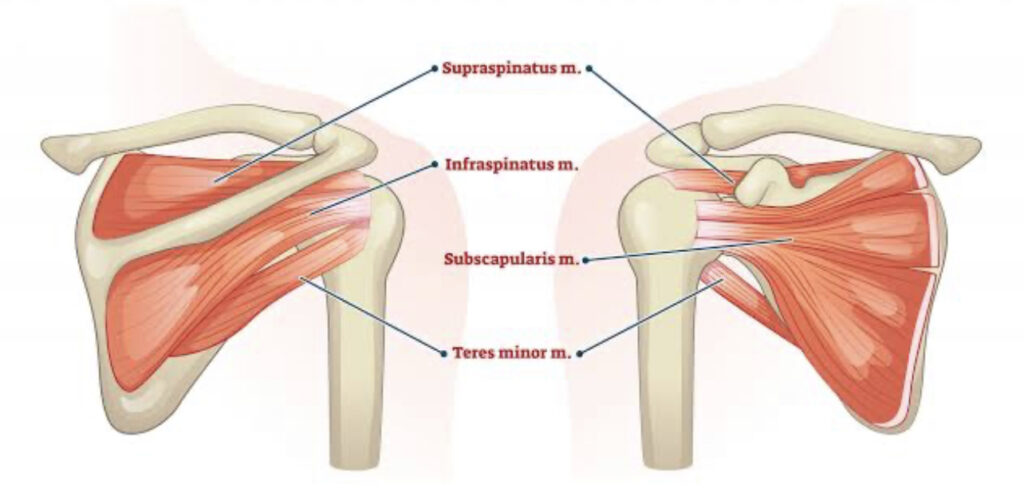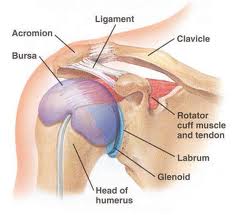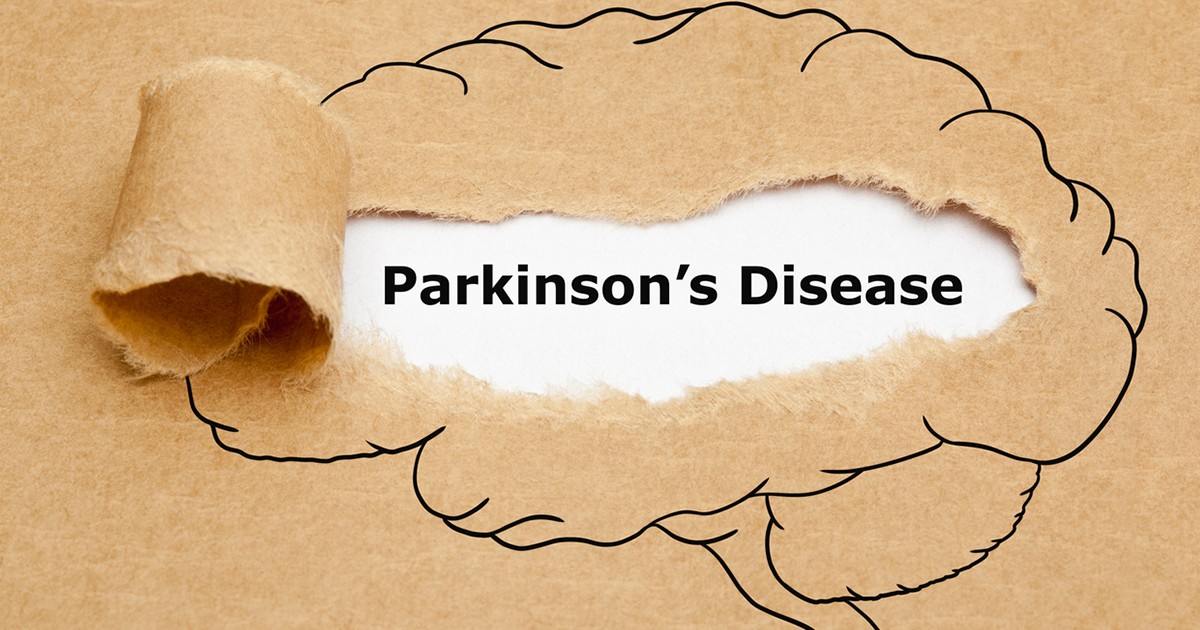Total Shoulder Replacement (TSR) Guide: Insights & Recovery
Physiotherapy
Physiotherapy Management

Shoulder complex anatomy & action.
The shoulder connects the arm to the upper torso made up of numerous boney structures, ligaments, muscles and tendons. The boney structures include the clavicle (collar bone), scapula (shoulder blade), humerus and the sternum. The main shoulder joint is called the glenohumeral joint which includes a ball (humerus) and a socket (scapula).
Unlike its lower limb counterpart the hip joint which has a limited range of motion but is extremely stable. The shoulder joint on the other hand has greater mobility and allows large range of motion or freedom of movement which makes it susceptible to dislocations and other injuries.
Main stabilisers of the shoulder joint are a group of muscles called rotator cuff muscles which comprise of the following;
- Supraspinatus
- Subscapularis
- Infraspinatus
- Teres minor
The rotator cuff muscles are often prone to injuries such as tears and tendon overload resulting in pain and an imbalance in muscle strength and/or length. The rotator cuff muscles are constantly playing a game of tug of war. The balance of strength and adequate muscle length must be maintained to allow normal freedom of movement.
The problems lie when rotator cuff injuries are not properly rehabilitated in a timely manner resulting in compensation of other structures with upper limb tasks. Due to prolonged pain and limited range of motion the likelihood of developing conditions such as osteoarthritis in the shoulder joint increases. Some doctors may recommend cortisone injections or to ingest pain/anti inflammatory medications which has showed only temporary or sometimes nil pain relief.
Physiotherapy management for pain management and restore shoulder movement;
- Manual therapy to increase muscle length and pain management
- Join mobilisation to restore normal joint movement and lubrication
- Progressive strength training to restore muscle strength and stability
Indications of surgery;
Once conservative management such as Physiotherapy or cortisone injections have been exhausted then a specialist review should be the next step. The specialist will determine if surgery is required and if surgery is safe for the patient.
Types of total shoulder reconstructions include;
- Conventional total shoulder replacement
- Reverse total shoulder replacement
- Partial shoulder replacement which either replaces/resurfaces the ball or the socket of the shoulder joint



